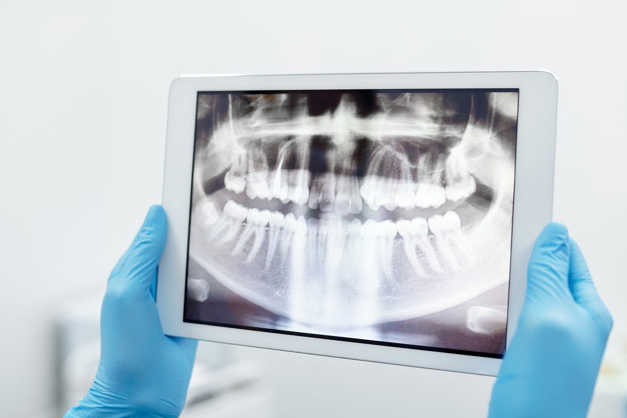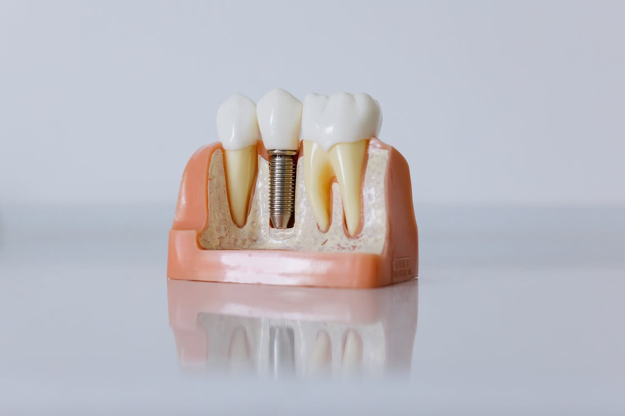Tooth Anatomy
The anatomy of the tooth is complicated despite looking so simple on the surface. There are actually different parts that make up the tooth anatomy, all of which have different functions. Consequently, it is important to know the anatomy of the teeth, even if you’re not a dentist. This way, you will be aware of certain issues that could affect your teeth. Consequently, you’ll be more careful next time. If you want to know more about the anatomy of a tooth, read further below.

(Source)
The Structure & Functions of the Teeth
As mentioned above, there is more to tooth anatomy than the hard exterior surface. There are different parts that make up a tooth, and here is what you should know about them.
The Crown of a Tooth
The crown is the part of your tooth that is visible to you, and under it are different parts. It has a white-yellow shade, depending on the enamel and thickness. The first part of the crown is the anatomical crown, which is the top portion of your tooth. The anatomical crown is usually the portion you can see on your tooth. Next comes the enamel, which is basically the outmost layer of your tooth.
The enamel is one of the hardest tissues in your body. It acts as a shield when it comes to bacteria getting on your tooth. This portion also helps make your teeth stronger, so you can put more pressure when you chew on something. The last part of the crown is the dentin. This is below the enamel and includes a layer of mineralized tissue. The dentin goes all the way down the neck and root while passing the crown. The main function of this is to prevent extreme heat or cold from damaging your teeth.
The Root
The root is an important part of your tooth as it helps keep your teeth in place. The root extends into the bone of the teeth and helps hold it in place, taking two-thirds of the tooth. Several parts make up the root:
- The Cementum- This parts helps cover the tooth and is connected to the periodontal ligament
- Nerves and Blood Vessels- The nerves help control the force you use to chew, while the blood vessels transport nutrients to the periodontal ligament.
- Periodontal Ligament- This part consists of connective tissues and collagen fiber, connecting the teeth to its tooth sockets.
- Root Canal- This is the passageway containing the pulp
- Jaw Bone – This is the bone that includes tooth sockets surrounding the tooth’s roots.
The Dental Cervix
The dental cervix, also known as the neck, appears between the root and the crown, forming a line where the cementum and the enamel meet. The dental cervix consists of three parts, the pulp, gums, and pulp cavity. The pulp contains many tiny nerves, tissue, and blood vessels and is the innermost portion of your tooth. The gums, also known as the gingival, are soft, pink, and fleshy connective tissue attached to the dental cervix and the cementum. The pulp cavity, also known as the pulp chamber, is situated inside the crown and usually contains the pulp.
The Different Types of Teeth
As you’re already aware, once you step into adulthood, you have a total of 32 teeth. These don’t include the wisdom tooth. As you grow, the number of teeth changes. A toddler has the least teeth compared to an adult. On the whole, there are four types of teeth, and each of them has a different function when speaking, eating, or drinking.
The Four Different Types of Teeth Are:
- Premolars: These are two pointy teeth on each side that help you bite your food into pieces
- Molars: There are the various points on the top part of your teeth that help you grind and chew your food
- Incisors: There are chisel-shaped teeth that help you to cut up your food
- Canines: Are pointy teeth that help you to crush food

(Source)
Dental Issues
Now that you know about the anatomy of a tooth, you probably understand how crucial it is to look after your teeth. This means properly brushing, flossing, and making dentist appointments to avoid dental issues. Dental issues can grow complicated with time if you don’t treat them properly. A few common dental issues:
- Pulpitis
- Abscess
- Malocclusion
- Cavities
- Periodontal Disease
- Tooth Erosion
- Bruxism
Tooth Anatomy: Takeaway
Knowing the anatomy of a tooth can help you understand dental issues and how they progress in severity. More importantly, the knowledge can give an indication as to how you should address dental problems.
If you need any guidance on your dental health and want to meet a top NYC orthodontist, get in touch with NYC Dental Orthodontics today.